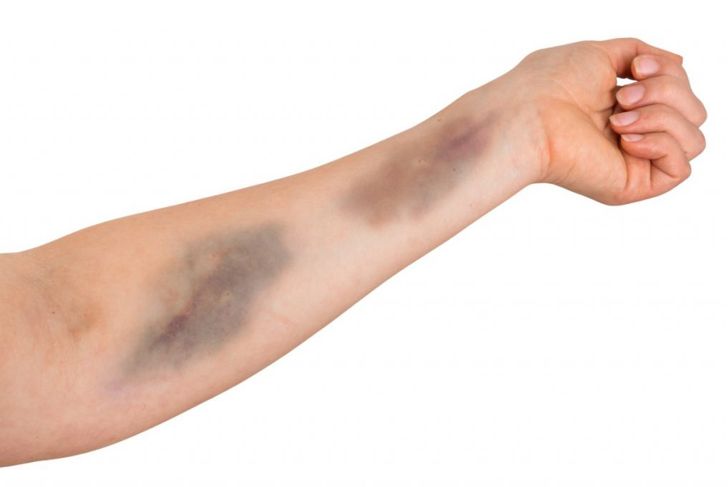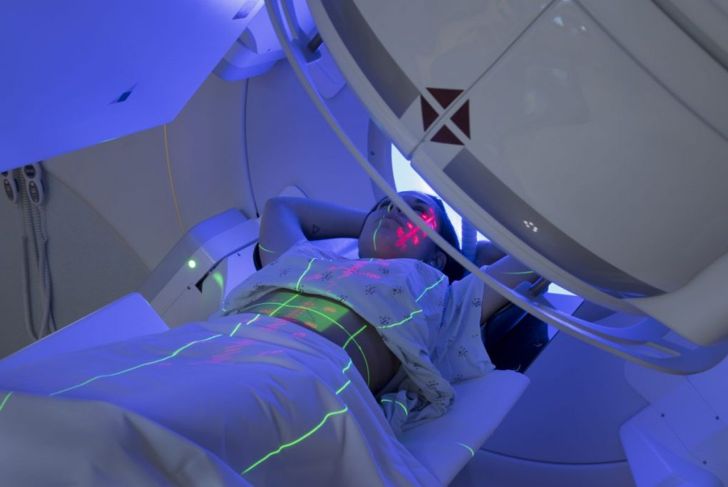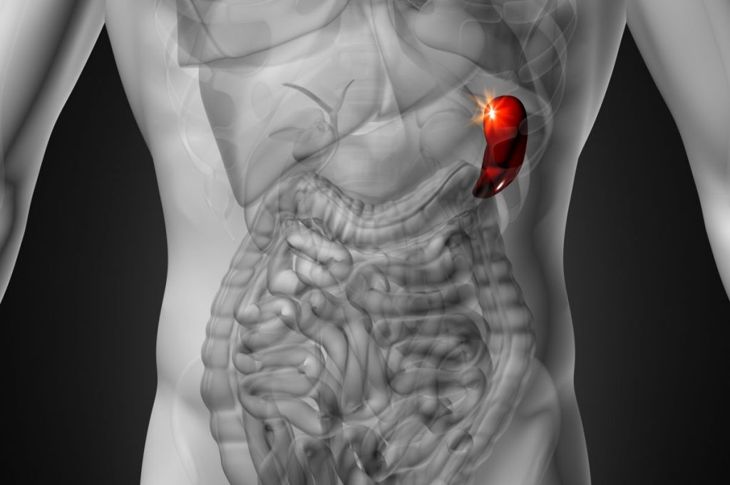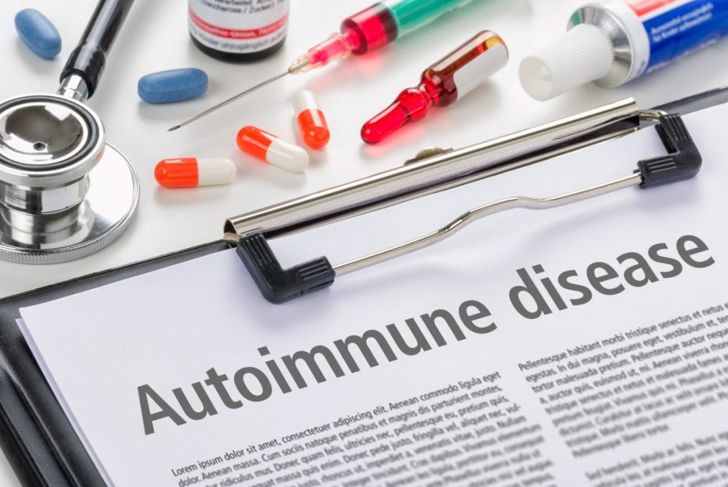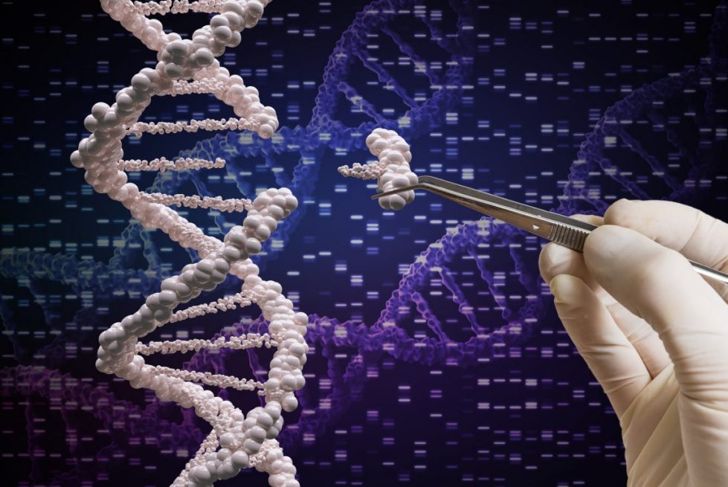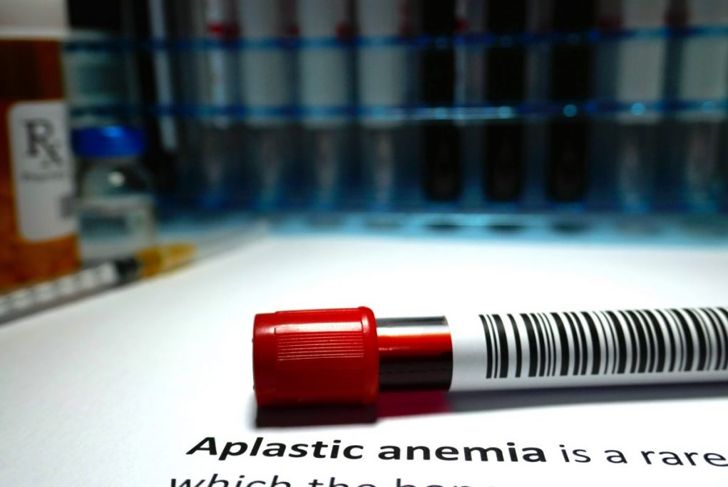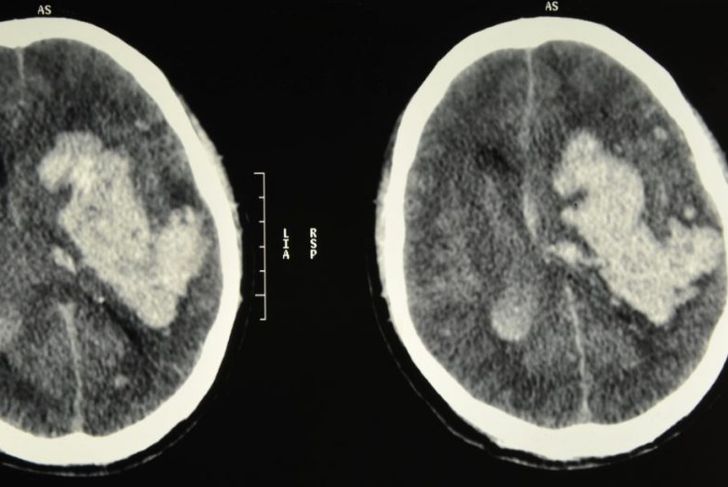Thrombocytopenia is a decrease in the platelet count in the blood. Platelets help blood clot, so most symptoms of the condition relating to internal or external bleeding. A cut that won’t stop bleeding and easy bruising are common first signs of thrombocytopenia. While many symptoms aren’t severe in themselves, thrombocytopenia can worsen and result in uncontrollable external or internal bleeding; this is dangerous anywhere in the body, and potentially fatal if it occurs in the brain.
Symptom: Bruising
Easy or excessive bruising, or purpura, can be an early sign that platelets aren’t doing their job effectively. Bruising from lighter pressure than usual, widespread bruising without adequate cause, and unexplained bruises should be investigated. An area of reddish-purple spots that look like tiny bruises or a rash, called petechiae, may appear with thrombocytopenia, often on the lower legs.
Symptom: Bleeding That’s Hard to Stop
If a cut or scrape seems to be bleeding longer than usual, or if a nosebleed or gum bleeding doesn’t stop, this could be a sign of a decreased platelet count. Blood in urine or stool is symptomatic of many conditions including thrombocytopenia; the latter is especially possible if other symptoms, such as easy bruising, are present. The same concern applies to unusually heavy menstrual flows.
Indirect Symptoms of Thrombocytopenia
Uncontrolled bleeding may occur inside the body and appear indirectly as symptoms such as fatigue or jaundice. An enlarged spleen can indicate thrombocytopenia, as the spleen is involved in causing the condition. Doctors should be aware of these issues as they can represent a clotting problem that may cause or worsen other conditions they treat.
Cause: Decreased Platelet Production
Bone marrow stem cells are the source of platelets, which need to be replaced regularly as they only live for about ten days. Cancer treatments such as chemotherapy and radiation therapy can affect the marrow and reduce platelet output. Leukemia, some types of anemia, and a wide variety of viral infections from chickenpox to HIV and hepatitis C can affect platelet production. Heavy alcohol consumption and contact with arsenic or pesticides can also impair bone marrow platelet production.
Cause: Platelets Trapped in the Spleen
The spleen plays an important role in immune system function, storing platelets and filtering the blood. Sometimes, platelets get trapped in the spleen and are unable to circulate, reducing the available platelet count and resulting in thrombocytopenia. An enlarged spleen can be a sign of immune system problems that could affect blood clotting.
Cause: Platelet Destruction by the Immune System
Autoimmune conditions such as lupus can turn the body’s defenses against platelets, destroying available clotting ability and causing bleeding problems. Certain rare conditions and medications such as some anticoagulants and antibiotics can induce an autoimmune response against platelets, as can certain viral infections such as HIV.
Cause: Other Destruction of Platelets
Pregnancy can produce a mild case of thrombocytopenia that usually resolves over time. Severe bacterial infections can destroy platelets, as can certain rare conditions including hemolytic uremic syndrome, which can be caused by E. coli infection, and thrombotic thrombocytopenic purpura, which uses up available platelets with small bruises in many parts of the body.
Cause: Genetic Conditions
Inherited conditions that affect the bone marrow or lead to autoimmune conditions can affect platelet count and cause thrombocytopenia. In individuals who have a known risk of these genetic conditions, hematologists can begin treatments to lower the risk of excessive bleeding and manage any bleeding problems that occur so the patient can live without excess concern or difficulty.
Cause: Aplastic Anemia
Aplastic anemia is a rare, serious condition that causes damage to bone marrow and the blood-producing stem cells contained there. This impairs red and white blood cell production, as well as platelet creation. The resulting thrombocytopenia, along with the general effects of this condition, is managed by immunosuppressive therapy and other techniques.
Consequences and Risks of Thrombocytopenia
Many symptoms of this condition, which appear as the platelet count in the blood drops, are not serious or life-threatening. As the count drops from a normal level, which ranges from 450,000 to 150,000 to only 50,000 platelets per microliter of blood, however, treatment becomes essential, and bleeding may be difficult to stop. Bleeding in the brain is possible in severe cases of thrombocytopenia and can lead to death.

 Home
Home Health
Health Diet & Nutrition
Diet & Nutrition Living Well
Living Well More
More